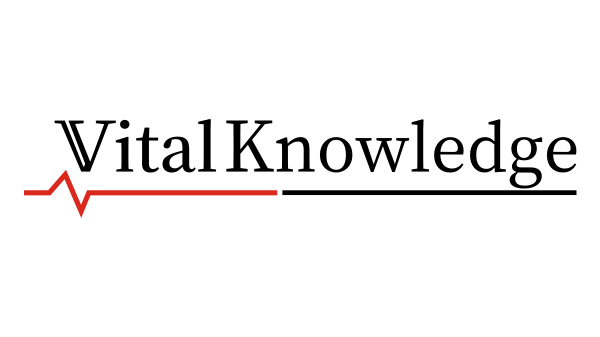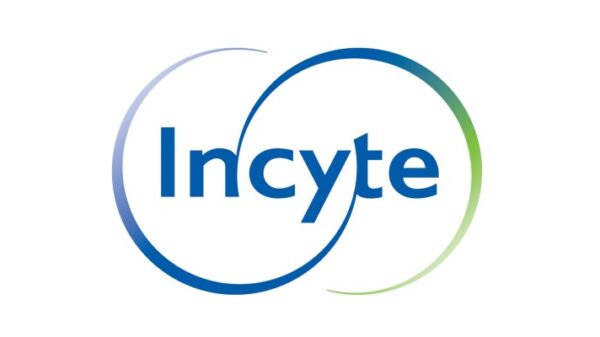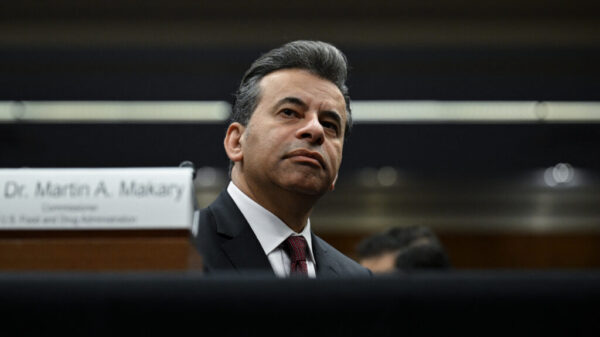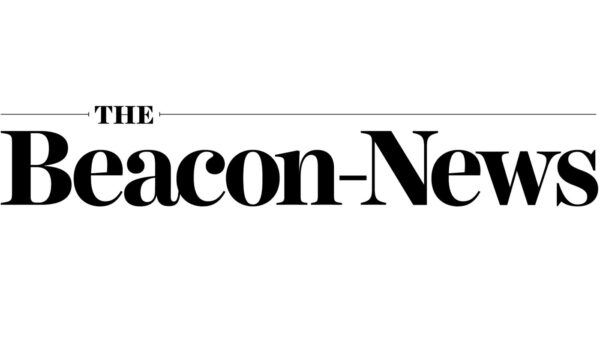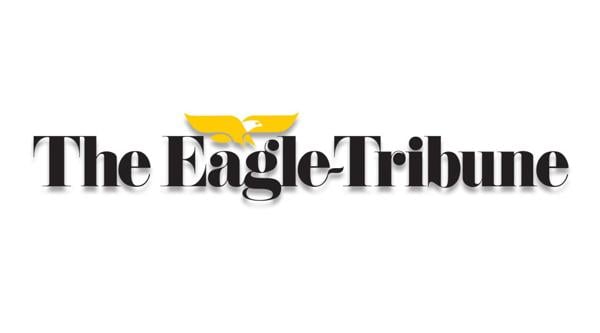Last week marked a significant turning point for the U.S. digital asset ecosystem as two pivotal statements were issued regarding the regulation and development of its market structure. The announcements are set to redefine the traditional banking business model, introducing a framework that integrates both digital and conventional financial systems.
On March 15, 2023, the President’s Working Group on Digital Asset Markets (PWG) released a comprehensive report detailing 166 pages of regulatory proposals aimed at enhancing U.S. leadership in financial innovation. This roadmap, requested by former President Donald Trump upon the PWG’s establishment, outlines over 100 recommendations. These include clarifying banks’ participation in crypto asset activities, modernizing payment infrastructures for stablecoins, and updating anti-money laundering regulations for decentralized services.
In a remarkable follow-up, Paul Atkins, Chairman of the Securities and Exchange Commission (SEC), delivered a notable speech introducing Project Crypto. This initiative focuses on four key areas: asset issuance, custody, licensing, and the deployment of decentralized applications in financial markets. The detailed nature of both proposals indicates a robust intention to overhaul U.S. securities and banking regulation.
The primary objective of the PWG report and Project Crypto is to blur the lines between traditional banking and blockchain-based financial services. While this shift may induce apprehension due to the complexity of global finance, it also presents an exhilarating opportunity for innovation. The proposals are expected to face opposition, yet the scrutiny could ultimately strengthen the frameworks that emerge.
The potential impact on the U.S. banking sector is profound, particularly as financial institutions are encouraged to adopt decentralized applications. This could facilitate automated transactions for internal processes, such as foreign exchange conversions, or client services like peer-to-peer lending. Until now, banks have been hesitant due to the ambiguity surrounding decentralization and the accountability for potential failures. However, clearer guidelines will likely foster new avenues for cost reduction and improved client engagement.
Another significant advancement is expected in the realm of tokenization, which involves linking traditional assets like equities, bonds, and real estate to digital tokens. This approach promises lower issuance costs, faster distribution, and more efficient settlement. In his recent address, Atkins noted that “Wall Street and tech firms are lined up at our doors with requests to tokenize,” reflecting a growing interest in the integration of tokenized assets into the financial landscape.
The establishment of clear tokenization rules will also enable investment banks to assist clients with native on-chain equity and debt issuance, expanding capital-raising opportunities. As banks adapt to these changes, they will need to compete with non-bank entities that offer innovative financial services. This competition will drive the need for banks to enhance their offerings and client interactions.
The proposals from the PWG and SEC stress the importance of rethinking financial market licensing, allowing for the trading of securities and non-securities on the same platform. This means clients could access tokenized funds and commodities alongside traditional cryptocurrencies like Bitcoin, all through a unified interface. Such a shift aims to improve the overall client experience and streamline financial transactions.
Additionally, banks will have the opportunity to evolve their services from standard investment offerings to a broader array of asset types. The transition to on-chain services can simplify development compared to integrating outdated technologies, enabling banks to adapt more rapidly to client needs and compliance requirements.
In conclusion, the frameworks introduced by the PWG and SEC are poised to impact not only the digital asset industry but also the traditional financial landscape. The impending changes will challenge established practices while fostering innovation. As the U.S. banking sector stands at this critical juncture, it faces both the challenges and the opportunities presented by a new market paradigm.





